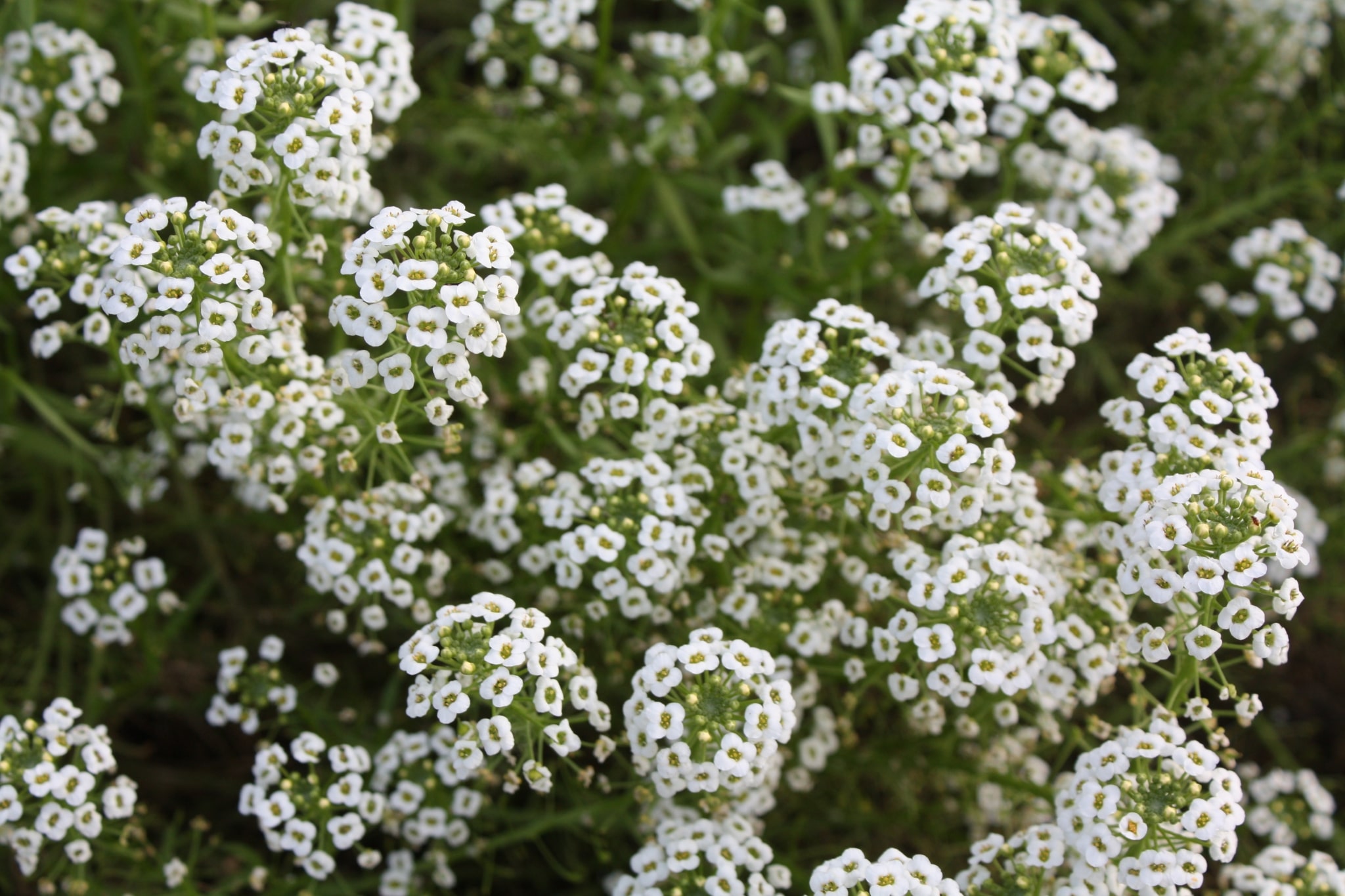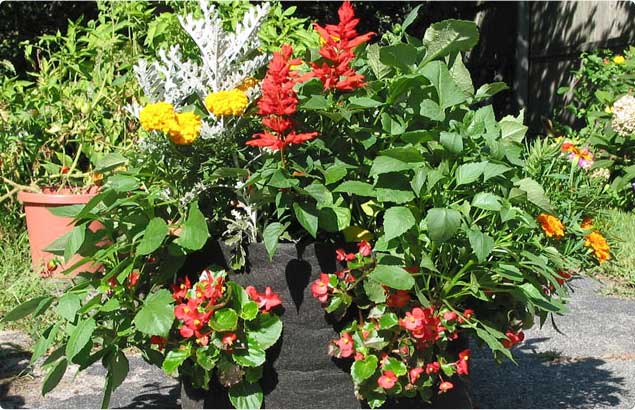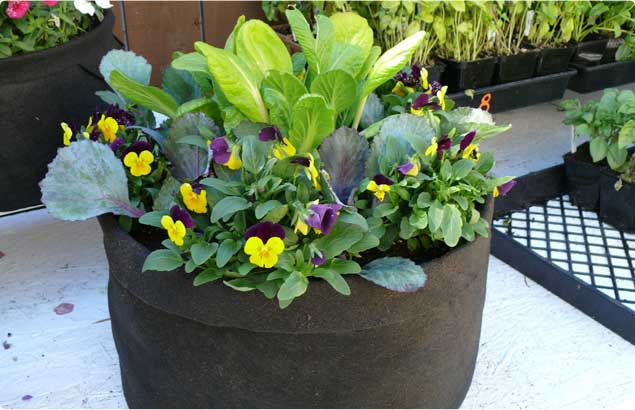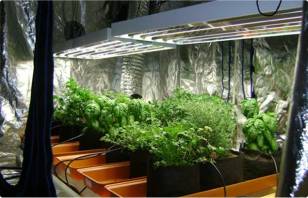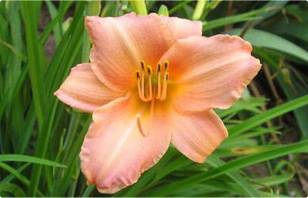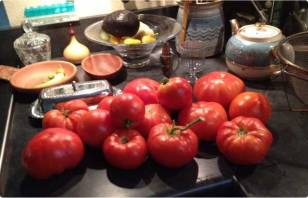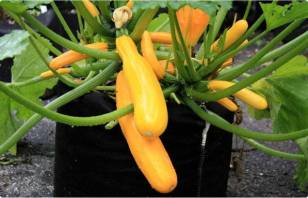Companion Planting for Pest Management
Companion planting is the intentional partnering of two or more different plants for reasons that extend beyond aesthetics. One popular form of companion planting partners plants with the intent of deterring pest insects. This form of natural pest control is gaining in popularity as gardeners come to discover that including specific plant combinations in the garden may help combat certain pest issues.
While many pest-deterring companion planting suggestions are more like old wives’ tales than scientific fact, there are a handful of companion planting techniques that have plenty of research to back them up. Still, even the partnerships proven only by hand-me-down knowledge may be worthwhile. At the very least, planting one plant next to another seldom proves detrimental to either partner; their partnership just might not send the pests packing as much as you’d hoped.
Below, you’ll find four of our favorite, science-backed companion planting techniques for natural pest control.
https://vimeo.com/163562119
Technique #1: Beneficial Insect Attracters
One very useful companion planting technique involves partnering plant companions that attract pest-consuming beneficial insects to the area. For example, plant members of the carrot family, such as dill, fennel, Zizia, and cilantro, in the vegetable garden and allow them to come into flower. Their blooms are very attractive to the parasitic wasps, tachinid flies, ladybugs, and other beneficial insects that prey upon many common vegetable garden pests. The presence of these companion plants in the garden has the potential to naturally reduce pest populations. If you don’t have the space in your vegetable garden to include these plants, plant them in fabric aeration containers instead, and position the pots in or around the garden.
Another example already in use on some farms, is partnering lettuce plants with sweet alyssum. The tiny flowers of sweet alyssum attract tiny parasitic wasps that use the aphids feasting on the lettuce to house and feed their developing young, leading to a dramatic reduction in aphid numbers. Sweet alyssum makes a great companion plant for any aphid-prone crop, including roses, fruit trees, and others.
Technique #2: Intercropping
Pests have an easier time locating host plants when there are a large number of them planted closely together. To make it harder for pests to find a particular host plant, the practice of intercropping can be very effective.
To reap the benefits of this form of companion planting, intermingle different crops in your vegetable garden and include plenty of flowers and herbs with fragrant foliage, such as basil, onions, catmint, garlic, and tansy. The diverse array of plants found in an intercropped garden breaks up any monocultures and makes it harder for pests to find their host plants.
Technique #3: Tansy and Catmint for Potatoes
When it comes to plants that repel insects, here’s one specific companion planting partnership that’s definitely backed by science. The use of tansy and catmint in the potato patch is an effective way to deter Colorado potato beetles. A study conducted at the Rodale Institute Research Center in the 1990s concluded that planting tansy and catmint in the potato patch was between 58 and 100% effective in repelling Colorado potato beetles.
If you don’t want to plant perennial tansy or catmint directly into the potato patch, you can plant them in fabric containers instead, and position the containers between rows of potatoes in your garden.
Technique #4: Onions and Carrots
Onions and carrots are another pair of plant companions with scientific backing. According to the University of Tennessee Extension Service, planting onions in and around your carrot crop significantly reduces the damage from carrot maggot flies.
Natural pest control through companion planting may not solve all your pest problems, but it can certainly help you be a better gardener.
